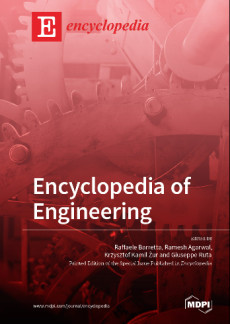You're using an outdated browser. Please upgrade to a modern browser for the best experience.
Subject:
All Disciplines
Arts & Humanities
Biology & Life Sciences
Business & Economics
Chemistry & Materials Science
Computer Science & Mathematics
Engineering
Environmental & Earth Sciences
Medicine & Pharmacology
Physical Sciences
Public Health & Healthcare
Social Sciences
Sort by:
Filter:
Topic Review
- 1.1K
- 31 Oct 2022
Topic Review
- 1.1K
- 11 Apr 2022
Topic Review
- 1.1K
- 29 Mar 2022
Topic Review
- 1.1K
- 25 Jun 2021
Topic Review
- 1.0K
- 16 Feb 2022
Topic Review
- 1.0K
- 07 Dec 2022
Topic Review
- 1.0K
- 28 Sep 2021
Topic Review
- 1.0K
- 21 Dec 2022
Topic Review
- 1.0K
- 14 Dec 2021
Topic Review
- 1.0K
- 13 Jan 2022
Topic Review
- 1.0K
- 28 Dec 2021
Topic Review
- 1.0K
- 21 Jun 2021
Topic Review
- 998
- 06 Apr 2022
Topic Review
- 976
- 21 Oct 2021
Topic Review
- 973
- 28 Oct 2021
Topic Review
- 973
- 02 Mar 2022
Topic Review
- 957
- 12 Oct 2021
Topic Review
- 949
- 03 Jul 2021
Topic Review
- 942
- 09 Sep 2022
Topic Review
- 926
- 27 Nov 2023
Featured Entry Collections
>>
Featured Books
- Encyclopedia of Engineering
- Volume 1 (2023) >>
- Chief Editor: Raffaele Barretta
- Encyclopedia of Social Sciences
- Chief Editor: Kum Fai Yuen




